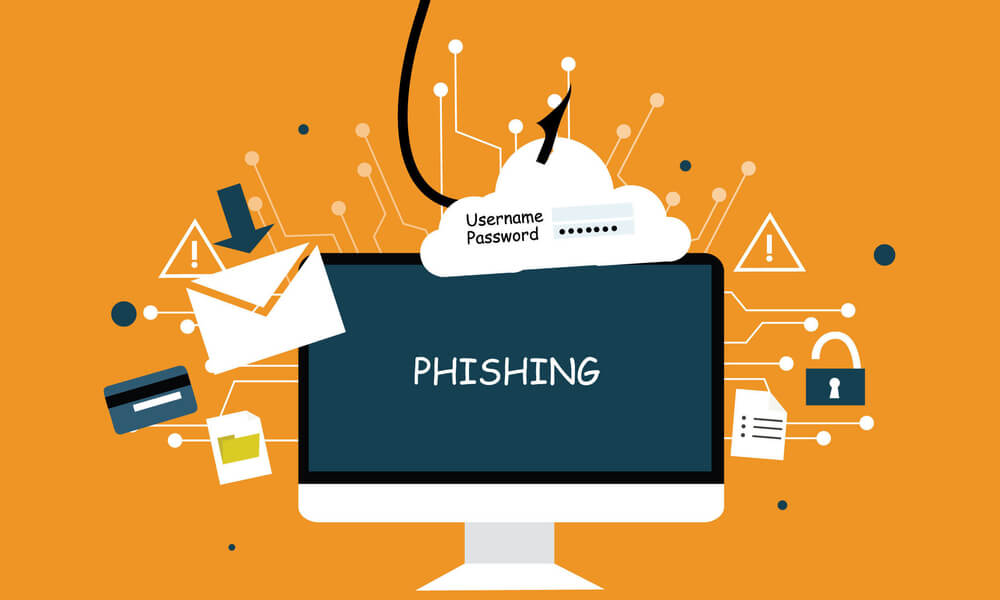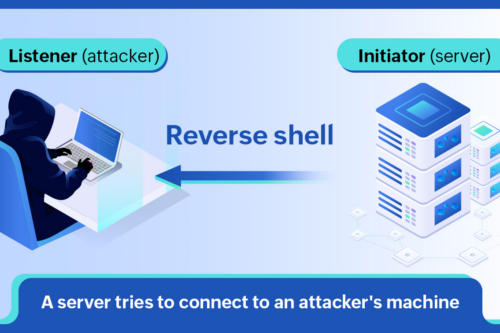Today, we’re delving deep into the enigmatic realm of the cyber world to uncover the clandestine techniques of “spear phishing.” In an age where the line between physical and virtual blurs, grasping the methods employed by cyber wrongdoers is of paramount importance. Join us on this thrilling journey into the domain of spear phishing, replete with captivating anecdotes, expert insights, and practical advice!
Exposing the Cyber Threat: Spear Phishing
Unveiling the Fundamentals of Spear Phishing
Spear phishing represents a precisely targeted cyber-attack designed to deceive specific individuals or organizations. Unlike conventional phishing, which casts a wide net hoping to catch any unsuspecting prey, spear phishing is akin to a skillful angler using the perfect bait to lure a particular fish from the vast ocean of data.
Distinguishing Spear Phishing from Whaling
Spear Phishing vs. Whaling: A Tale of Targets
Imagine you’re a cybercriminal with a specific organization or individual in your crosshairs. You meticulously gather intricate details about your target – their interests, connections, and online behavior. Subsequently, you craft a highly personalized email or message, laden with a compelling hook, like an urgent request or an irresistible offer. The objective? Deceive them into divulging sensitive information, clicking on malicious links, or downloading harmful attachments. It’s a craft of deception, one target at a time.
Now, envision yourself pursuing even grander prey – a CEO, a high-ranking executive, or a prominent public figure. This is whaling, the VIP edition of spear phishing. The techniques remain analogous, but the stakes are considerably higher. Cybercriminals target individuals with significant authority or access within an organization. If successful, the attacker gains access to a treasure trove of sensitive data and can inflict substantial damage.
In both instances, the goal is to compromise a target’s security or purloin valuable information.
Real-World Example: Phishing in Action
The Nigerian Prince Scam
This age-old example of phishing has persevered for years, demonstrating that old tactics can still be effective when executed skillfully. It typically unfolds as follows:
You receive an email from a supposed Nigerian prince who requires your assistance in transferring a substantial sum of money out of their country. In return for your aid, they promise a generous reward. The catch? To get started, they request your bank account details and a small “processing fee.”
While this might sound implausible, it has ensnared numerous unsuspecting victims into sharing their financial information or sending money. It’s a quintessential illustration of a phishing endeavor that preys on avarice and gullibility.
Detecting Spear Phishing: Your Guide to Cyber Sherlock
Safeguarding Against Spear Phishing
Identifying spear phishing necessitates a vigilant eye and a dose of skepticism. Here’s your trusty checklist:
- Scrutinize the Sender: Carefully examine the sender’s email address. Cybercriminals often employ deceptive addresses that mimic legitimate ones. Look for subtle discrepancies or misspellings.
- Analyze the Content: Is the message excessively urgent or menacing? Does it promise an implausible reward or demand sensitive information? These are warning signs. Always independently verify such claims.
- Hover Over Links: Before clicking on any links, hover your mouse over them to determine their destination. If the URL appears suspicious or unrelated to the purported sender, refrain from clicking.
- Inspect Attachments: Exercise caution with email attachments, particularly if they request you to enable macros. Malicious attachments are a prevalent avenue for cyber-attacks.
- Double-Check Requests: If the message solicits sensitive information like passwords, Social Security numbers, or financial data, exercise caution. Reputable organizations do not request such details via email.
- Verify with Caution: When in doubt, independently verify the request. Reach out to the supposed sender using official contact information, not details provided in the suspicious message.
- Keep Software Updated: Ensure your operating system, antivirus, and applications are up to date. Cybercriminals frequently exploit vulnerabilities in outdated software.
- Educate Yourself and Others: Educate yourself and your colleagues or family members in recognizing phishing attempts. Knowledge is a potent defense.
FAQs: Your Guide to Surviving Spear Phishing
How can I report a spear phishing attempt?
If you receive a spear phishing email, promptly report it to your IT department or email service provider. They can investigate and take appropriate measures. Additionally, consider reporting it to organizations such as the Anti-Phishing Working Group (APWG) or the Federal Trade Commission (FTC).
Can mobile devices be targeted by spear phishing?
Absolutely. Mobile devices are prime targets for spear phishing. Exercise the same caution with emails and messages on your phone as you would on your computer. The same rules apply – verify sender information, scrutinize content, and refrain from clicking suspicious links.
Is two-factor authentication (2FA) effective against spear phishing?
Yes, 2FA enhances security by requiring you to confirm your identity through a separate device or code. Even if a cybercriminal acquires your password, they cannot access your account without the second verification step.
In the ever-evolving landscape of cyber threats, spear phishing emerges as a cunning and targeted adversary. However, armed with knowledge and a healthy dose of skepticism, you can bolster your defenses and shield yourself from these digital snares.
Remember, cybercriminals continuously refine their tactics, so staying informed serves as your most robust defense. Share this knowledge with your peers, and together, we can forge a more secure digital realm.



